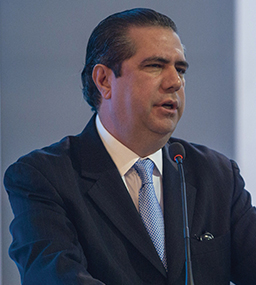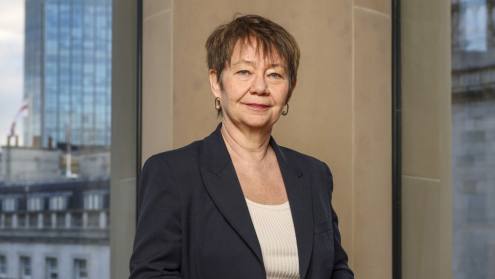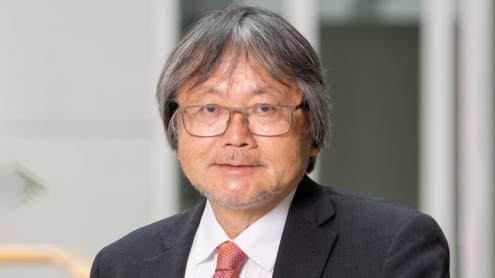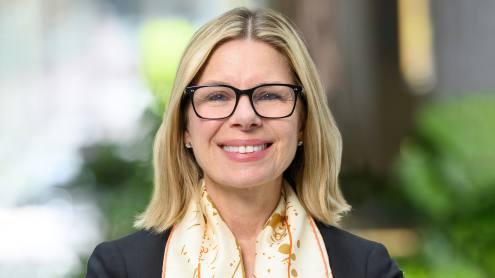Francisco Javier Garcia likes to answer questions with figures and, as the Dominican Republic’s minister of tourism, he seems to have plenty to choose from: 6.8 million tourists visited the country in 2016, a number rising faster than ever and expected to be higher still in 2017; hotel room capacity is expanding in the thousands; and foreign direct investment (FDI) in tourism reached $790m in 2017, more than in any other sector.
More from this report
- Why the Dominican Republic remains well grounded
- Dominican Republic finance minister aims for stability and prosperity
- How SMEs are powering the Dominican Republic banking sector
- Storms leave Dominican Republic’s investment potential undamaged
- Clearing the road to investment in the Dominican Republic
Mr Garcia is proud of this growth, which, in some geographical areas buoyed by tourism, has surpassed gross domestic product (GDP) growth. “In 2016, the Dominican Republic’s economy grew by 6.6% [as a whole]. Punta Cana grew by 8.3%, and Puerto Plata by 15.6%,” he says.
While GDP growth is expected to be slower in 2017 and 2018, the government plans to keep momentum going in tourism and is working towards a target of 10 million visitors by 2020. The cruise ship boom and investor interest in new parts of the country will help achieve this goal. But this is as much a result of the local natural beauty as it is of specific government policy.
Balancing act
For example, FDI legislation from 2001 ended up boosting the Punta Cana region to the unintentional detriment of Puerto Plata because it allowed for incentives to nascent hubs only. Punta Cana, on the north-west coast, began to blossom, while the established Puerto Plata, in the north, “the first tourism port of the Dominican Republic which, until 2001, used to attract the largest numbers of cruise ships”, says Mr Garcia, began to decline.
The government is keen to balance things out. It has been breathing new life not only into traditional tourist destinations, including historical sites, but also into underdeveloped areas, by extending investors benefits to the whole of the country through a revised incentives law.
Investors have responded well, says Mr Garcia. Notably, Carnival Cruise Lines inaugurated its $85bn Amber Cove port, near Puerto Plata, in 2015, two years after the new law came into effect. Overall, cruise ship operators have been using higher passenger forecasts to request fresh infrastructure investment in the country, which both the government and the local municipalities were happy to provide, according to Mr Garcia.
“Puerto Plata’s development is happening thanks to public and private sector investments,” he says. “The two go hand in hand.” Cruise tourists numbers jumped by about 55% in 2016 in the Dominican Republic.
Passing it on
Tourism also has a knock-on effect on other sectors. It directly influences the fortunes of those working in agriculture, for example, who serve expanding resorts with their produce. “Ninety per cent of the agricultural and farming products that hotels buy are from within the Dominican Republic,” says Mr Garcia. “This speaks volumes about the quality of these products too. Tourism generated 28,000m pesos [$580m] for those businesses last year.”
New projects in the pipeline funded by Russian, Turkish and Spanish capital are boosting Mr Garcia’s confidence in the future. Beyond investor incentives and natural beauty, he adds, there is another factor that will always keep visitors interested, and that is the warmth of the local people. “In all surveys we do, year after year, where we ask tourists what they liked the most – the beaches, the hotels, the music, the climate – they say that what they most like is the Dominican people,” he says. There is no way to quantify the effects of this specific factor but, equally, its benefits are clear to see.













